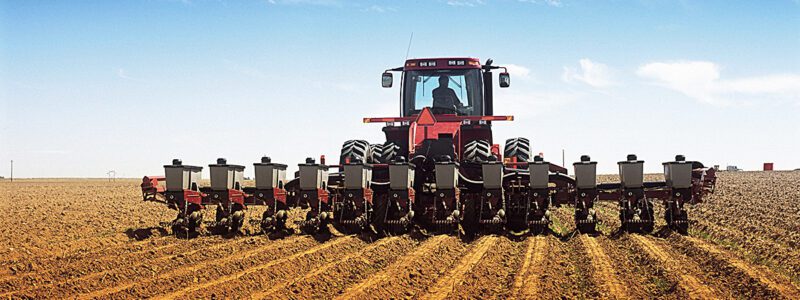
Area under crops in Ukraine in 2023 will be reduced by 7 million hectares or 24.1% compared to the prewar level – to 22 million hectares from 29 million, director of the Agrarian Development Ministry Igor Vishtak said during a discussion panel at Mediacenter Ukraine on Tuesday.
According to him, this year the structure of areas under crops will change significantly in favor of oilseeds, and the forced reduction of fertilizer inputs will directly affect the gross harvest.
“For domestic consumption, of course, in all food groups we will be provided, but the export potential is expected to change. In particular, much less corn will be sown, while it is one of the main crops that were exported,” Vishtak said during the discussion.
He also stressed that the state will focus on supporting small agrarians, so now it is working to continue the program of subsidies and subsidies per hectare of cultivated land and per head of cattle. The importance of their support is connected, among other things, with the fact that it is small farmers who are mostly engaged in vegetable growing, the deficit of which we are now seeing in the domestic market.
In addition, in the budget for 2023 the Government has planned more than 16 billion UAH of credit, of which 9.6 billion UAH for farmers. This will partially prolong last year’s loans and will provide an opportunity to issue new loans for the sowing season.
As it was reported, Ukrainian agricultural producers last year sowed major winter crops on the area of 4.5 million hectares, including 3.8 million hectares of wheat, 613 thousand hectares of barley and 79.2 thousand hectares of rye. Moreover, in Ukraine there have been sown winter rape on 999 thousand hectares, that is 104% of the previously planned.
Thus, a total of 5.5 mln ha of winter grains and oilseeds have been sown in Ukraine, which is 62% of the last year’s volume.
In 2021, Ukraine allocated 8.87 million hectares for winter crops, including 6.66 million hectares for wheat, 1.02 million hectares for barley, 160.6 thousand hectares for rye and 1.03 million hectares for rape.